- +(86) 18681141326
- [email protected]
- Building 2, No. 8, Guangbao Road, Qishi Town, Guangdong Province, CN
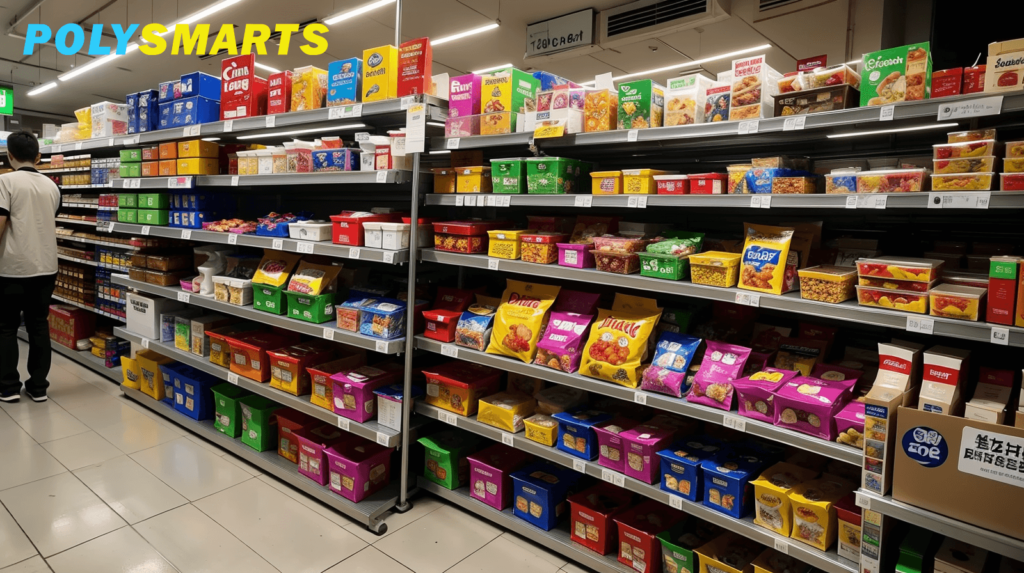
Are you a small food business looking to take your food product to the next level? Getting your food item onto the shelves of retail stores can be a game-changer for your brand’s visibility and sales. In this comprehensive guide, we’ll walk you through the essential steps to successfully pitch your product to grocery stores and secure coveted shelf space.
Before approaching retailers, it’s crucial to understand your target audience and the market demand for your product. Start by selling at local farmers’ markets or flea markets to gauge customer interest and gather valuable feedback. Visit your local grocery stores and analyze the competition. Identify what makes your product unique and how it can stand out on crowded shelves.
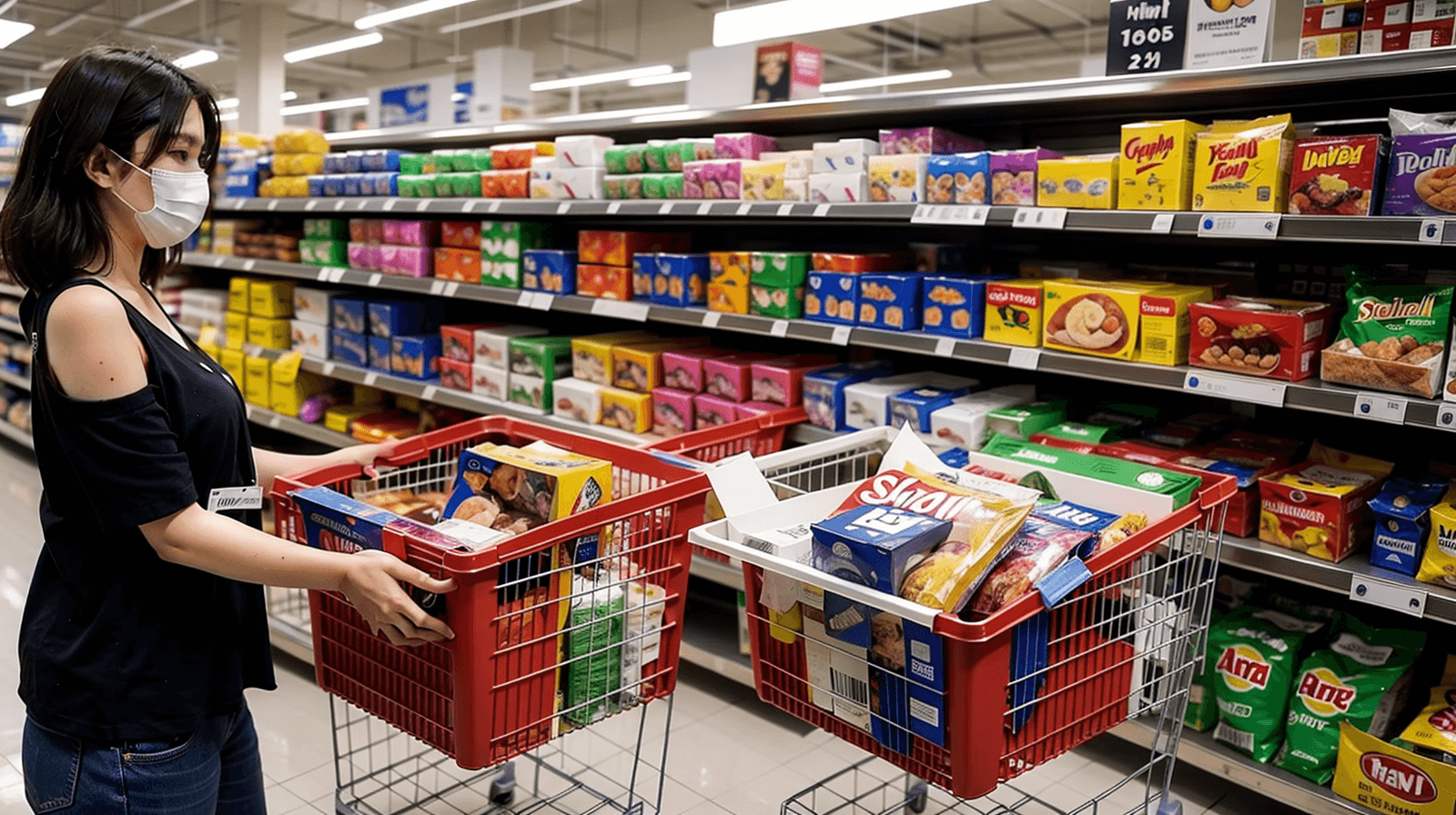
Packaging is the first thing potential customers will notice about your product. Invest in eye-catching, industry-standard packaging that accurately represents your brand and product. Your packaging should be visually appealing, compliant with labeling regulations, and display nutrition facts prominently. Consider resealable or stackable designs that cater to your product’s specific needs. Polysmarts Packaging specilized in Customing Snack Food Packaging Bags with more than 10 years experience, for bags customn Contact Us Here
Before approaching retailers, ensure you have obtained all the necessary licenses and copyrights for your product. Copyright your product’s name and packaging to prevent others from using similar branding. Research and comply with state and federal regulations for food distribution, including FDA standards.
Develop a persuasive pitch that highlights your product’s unique selling points and benefits for the retailer. Emphasize how your product differs from competitors, how it aligns with the store’s target demographic, and how it can drive sales. Offer product samples, competitive wholesale pricing, and attractive display options. Include market research data to demonstrate your product’s potential success.
After your initial pitch, follow up with potential clients persistently but professionally. Offer product samples for in-store trials and maintain open communication. Building strong relationships with retailers can increase your chances of securing shelf space and laying the groundwork for future opportunities.
Once you secure retail partnerships, ensure you have the necessary infrastructure in place for efficient distribution and fulfillment. This may include adequate storage space, reliable suppliers, and staffing resources. Consider working with a distributor to streamline the process, especially in the early stages.
Analyze pricing strategies for similar products on the market and determine a competitive wholesale price that accounts for your production costs and desired profit margins. Explore cost-cutting measures, such as sourcing ingredients from affordable suppliers or using recycled packaging materials.( Kraft Paper Material)
By following these steps and continually refining your approach, you’ll increase your chances of getting your food product onto the shelves of retail stores and reaching a broader customer base.
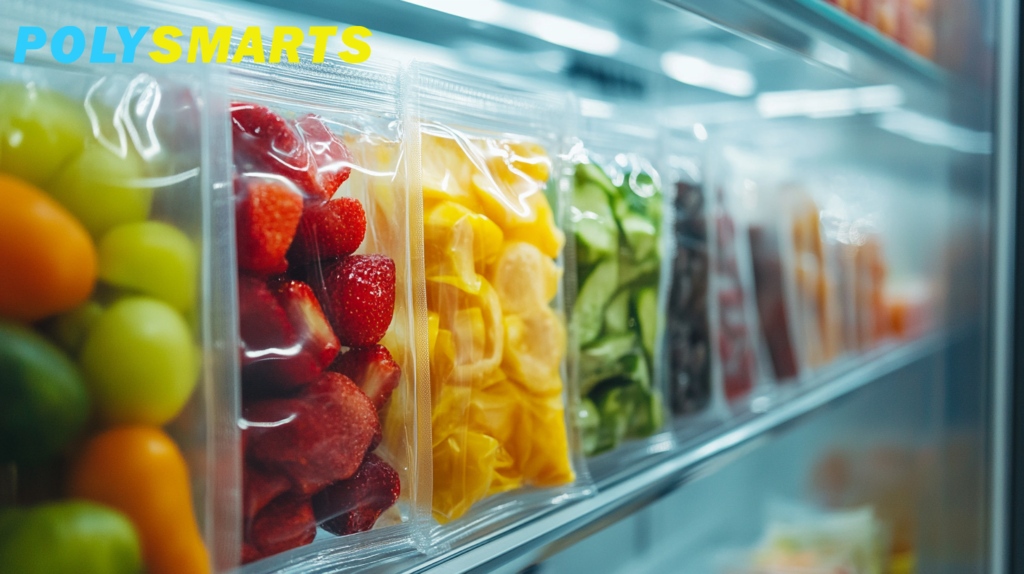

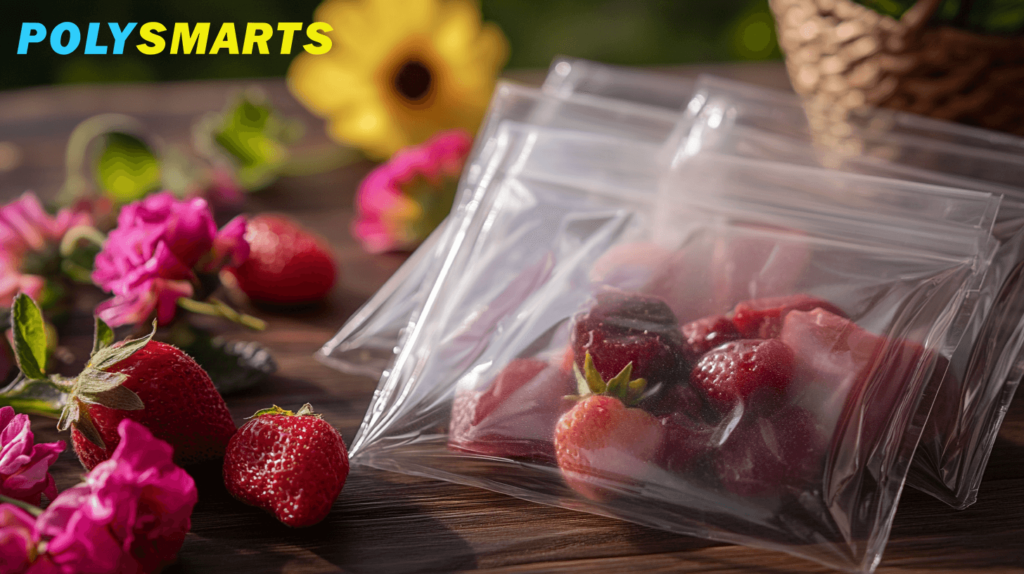


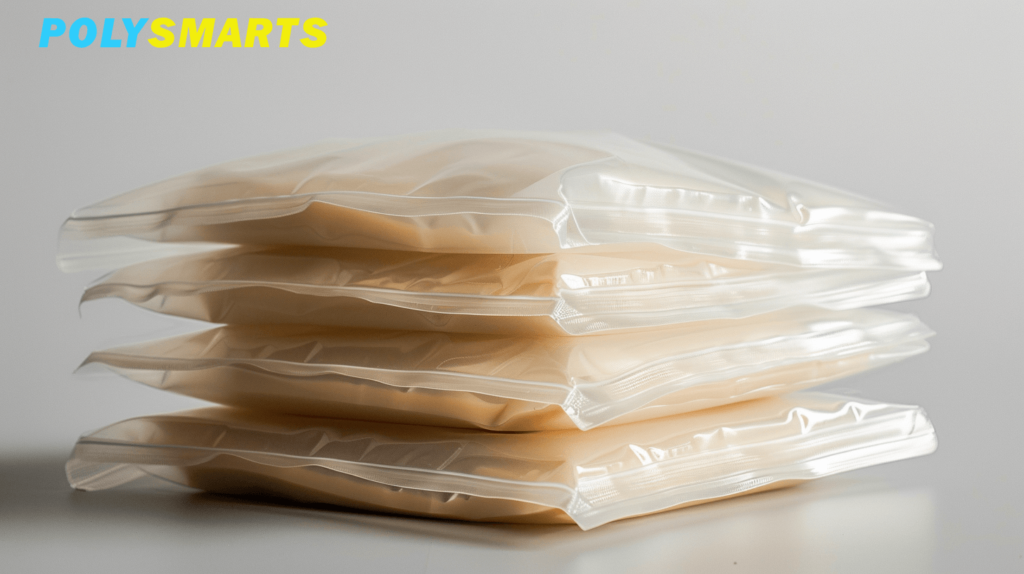
Simply fill out the form below as best you can. Don’t worry the details.
Flexible packaging bags offer superior versatility compared to rigid packaging. Learn how these innovative bags can be customized for countless applications from food to medical uses.